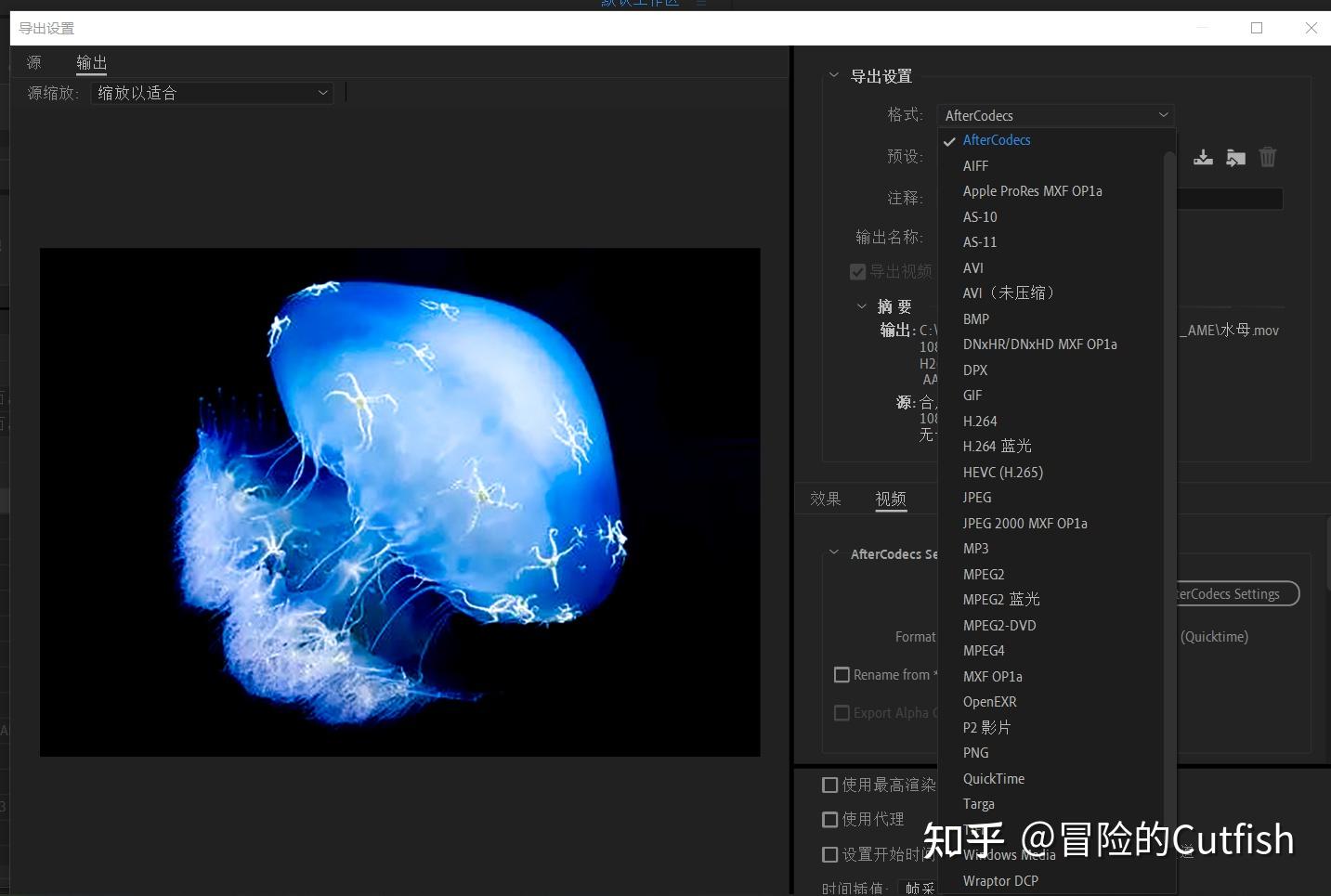
There are two possible approaches for building CMake from a source tree.THIS IS TH EMOST RECENT VERSION OF AFTER CODECS WITH REGISTRATION GUIDE!Īfter Effects, Premiere Pro and Adobe Media Encoder native exporters bringing you ProRes / H264 / H265 / HAP codecs for excellent quality and lightweight videos, on Windows and OSX, no Quicktime needed anymore! The Download page provides source releases. One may alternatively download and build CMake from source. There are pre-compiled binaries available on the Download page for some UNIX platforms. One may alternatively download and build CMake from source as in the following section.

Applications/CMake.app/Contents/bin) to the PATH. Or, one may manually add the install directory (e.g. After copying CMake.app into /Applications (or a custom location), run it and follow the “How to Install For Command Line Use” menu item for instructions to make the command-line tools (e.g. There are pre-compiled binaries available on the Download page for macOS as disk images and tarballs. Typically this means selecting CMake as the Source directory and then selecting a binary directory for the resulting executables. Once the binary is installed, run it on CMake as you would any other project. In order to build CMake from a source tree on Windows, you must first install the latest binary version of CMake because it is used for building the source tree. The Download page also provides source releases.

C:\Program Files\CMake\bin) to the PATH in a command prompt. If that is not selected during installation, one may manually add the install directory (e.g. The Windows installer has an option to modify the system PATH environment variable. There are pre-compiled binaries available on the Download page for Windows as MSI packages and ZIP files.

There are several ways to install CMake, depending on your platform.


 0 kommentar(er)
0 kommentar(er)
